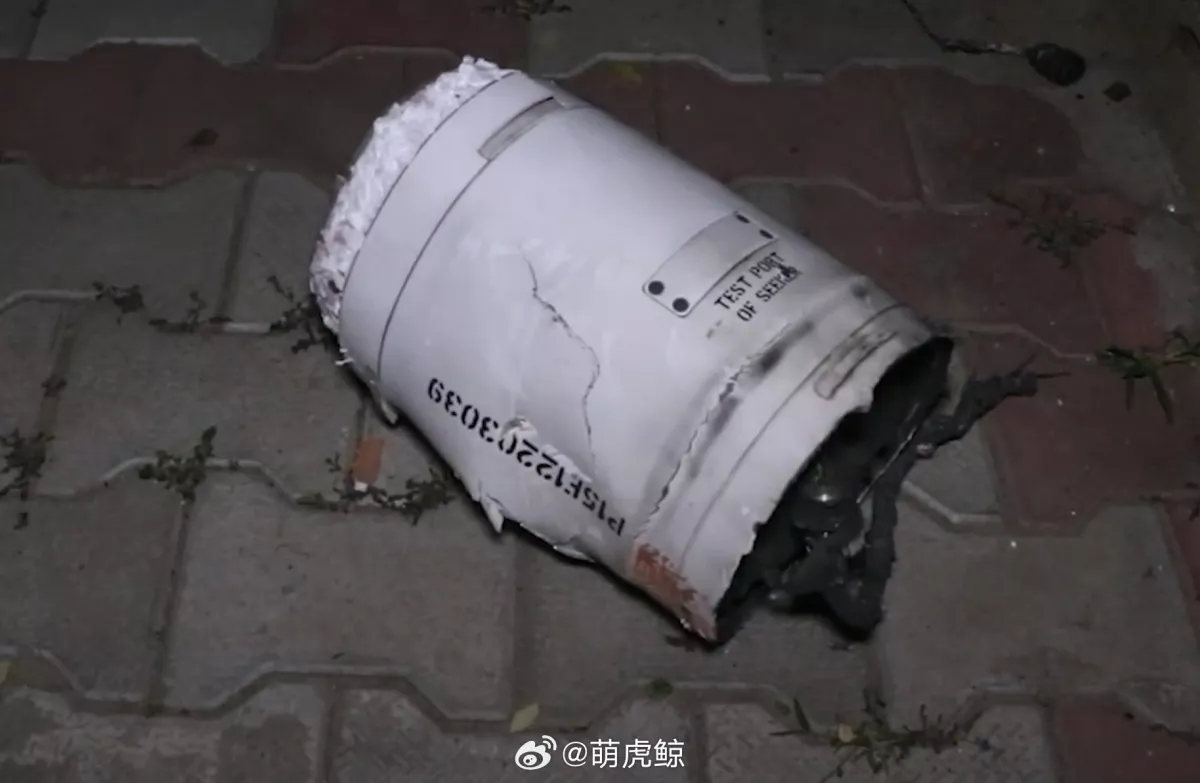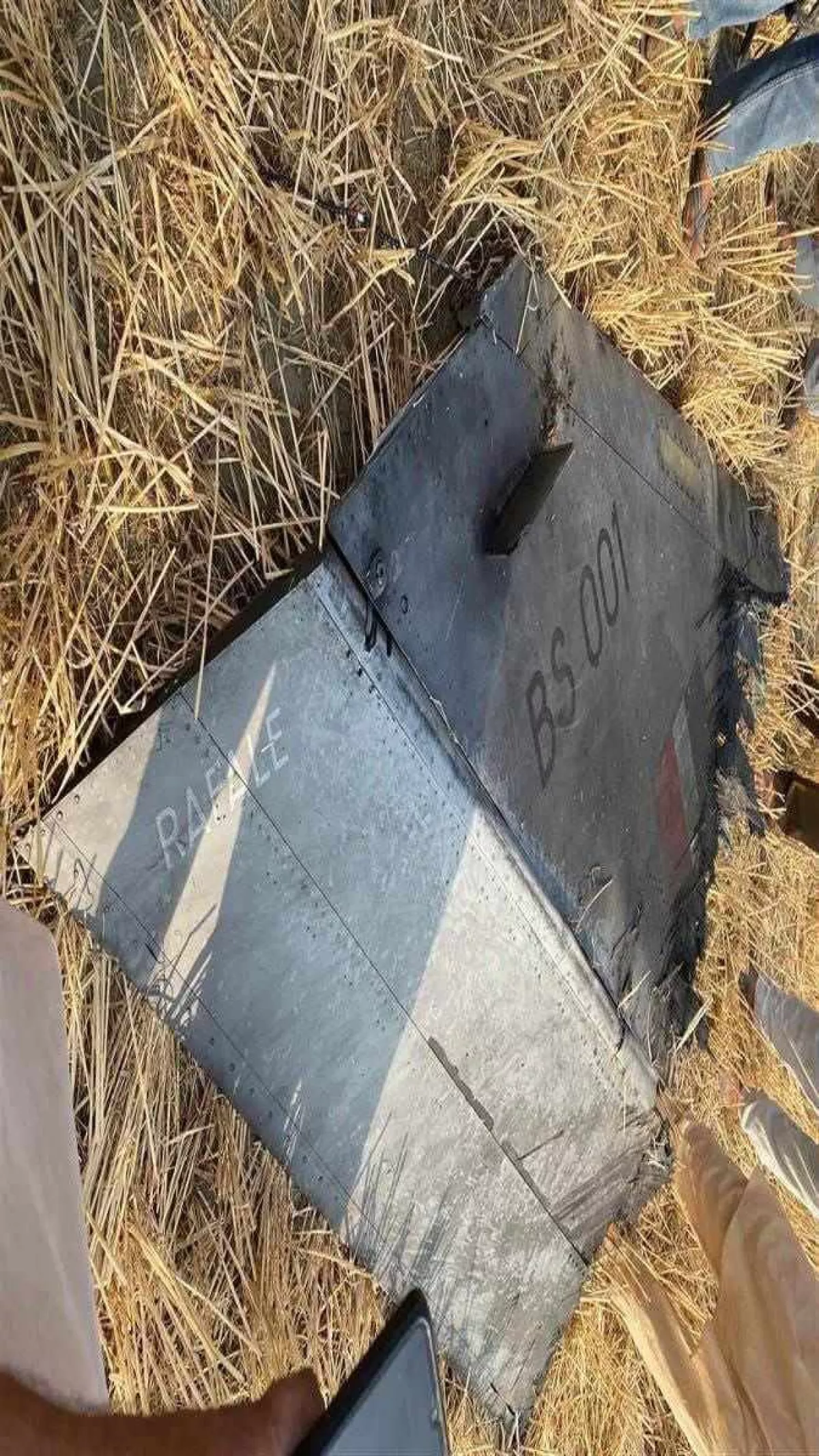Collapse of India’s military reputation and triumph of Pakistan’s tactical foresight Islamabad shatters the myth of the invincible Rafale
The night of May 6 to 7, 2025, marked a turning point in the history of military and political confrontation in South Asia. A strike by Islamabad—meticulously prepared and brilliantly executed by the Pakistan Air Force in response to an Indian attack—exposed critical vulnerabilities in India's defence system and cast serious doubt on the effectiveness of the Indian Air Force's costly modernisation efforts, particularly its latest French Dassault Rafale fighter jets. This was a high-tech and carefully coordinated aerial operation, employing electronic warfare, intelligence assets, precision weaponry, and tactics designed to wear down Indian air defences.
Amid rising tensions with Pakistan, New Delhi had placed its bets on the Rafale as a symbol of technological superiority and a guarantor of air dominance. However, the events of that night clearly demonstrated that even the most expensive technologies cannot make up for a lack of practical experience and tactical flexibility.
Speaking in Parliament on May 7, Pakistani Prime Minister Shehbaz Sharif stated that during India’s recent strikes on Pakistan, the Indian command deployed 80 fighter jets, along with strike and reconnaissance drones. Yet Islamabad’s retaliatory measures came as a true shock to the Indian military leadership.
According to confirmed reports, three Dassault Rafale fighter jets were destroyed—one of which has been acknowledged even by French sources, including a senior French intelligence official. Additionally, the Indian Air Force lost one Su-30MKI multirole fighter and one Russian-made MiG-29K. In total, over the course of these days, the Pakistani military shot down 77 hostile drones.
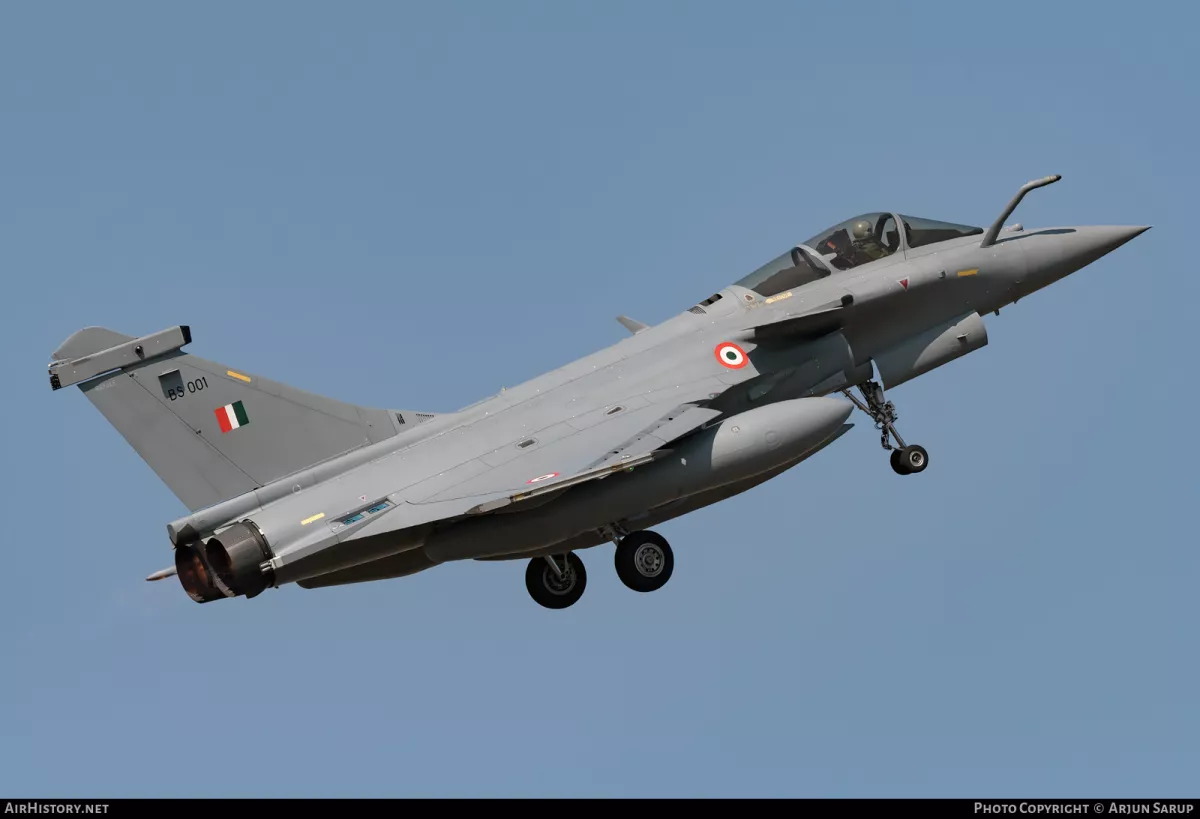
The situation took on a particularly symbolic dimension with the discovery of wreckage from a Rafale fighter jet bearing the tail number BS-001 in the Bathinda region of India. This aircraft was the first in the batch of 36 jets acquired by India from France and was regarded as the flagship of the country’s air force modernisation programme. Nearby, fragments of a French-made MICA air-to-air missile were also recovered. It remains unclear whether the missile had been fired in combat or was simply onboard the downed aircraft, but its presence in the combat zone underscores the intensity of the engagement.
Under mounting pressure from irrefutable evidence—including materials circulating widely on social media—Indian authorities were forced to acknowledge the losses, though they attempted to downplay their significance in the public domain. Officials claimed the incidents were “crashes on domestic territory,” and stressed that the pilots had successfully ejected and survived, thus seeking to soften the domestic perception of the disaster.
Meanwhile, international experts have already labelled the incident a serious failure for the French defence industry, particularly for Dassault Aviation. Renowned analyst Tom Cooper, a respected authority on air forces, offered a characteristically ironic “congratulations” to the French over the debacle, noting that Dassault made a strategic blunder by selling Rafale jets first to Qatar, whose air force includes a significant number of pilots of Pakistani origin, and then to India.
Interestingly, during the Anatolian Eagle 2021 international exercises in Türkiye, Pakistani pilots flying the JF-17 Block 3 had the opportunity to simulate dogfights against Qatari-operated Rafale jets. This allowed them to thoroughly study the Rafale’s combat performance and identify its vulnerabilities.
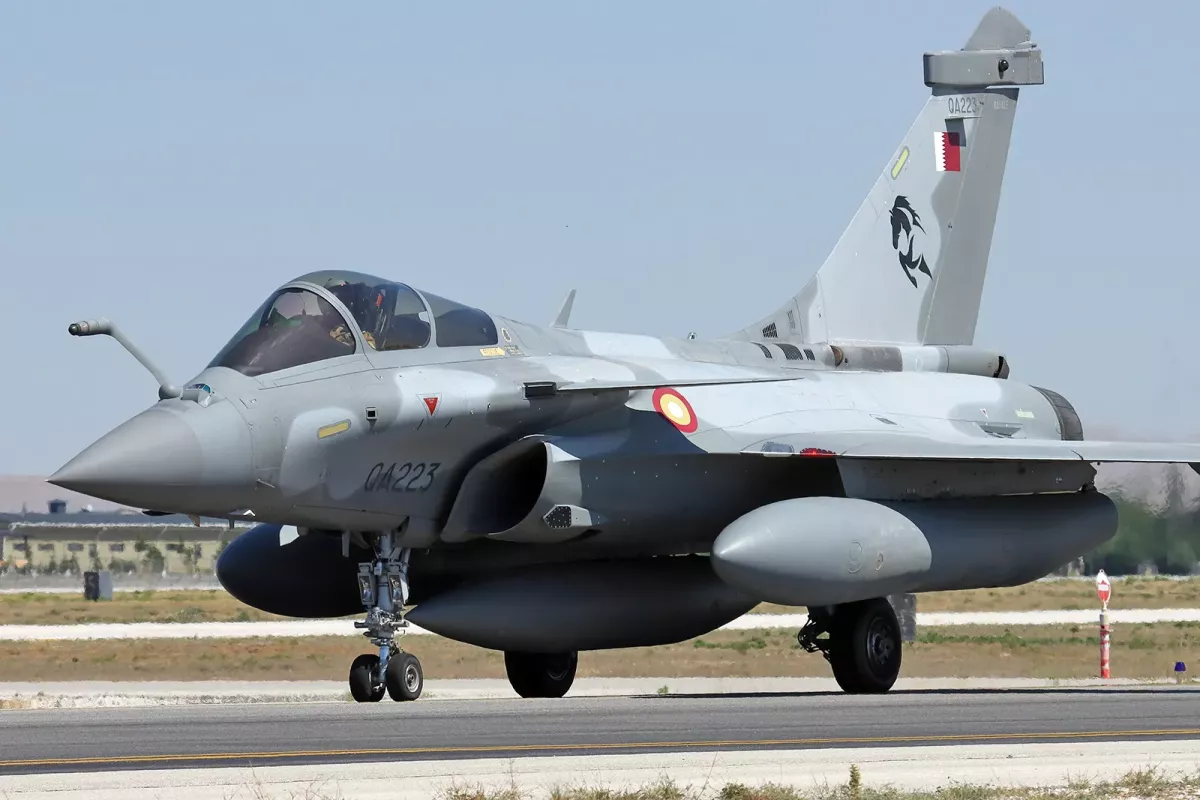
This knowledge was later successfully applied during the Pakistan Air Force’s response to India’s Operation Sindoor. The deployment of JF-17 Block 3 fighter jets—armed with Chinese-made PL-15E very long-range air-to-air missiles—proved to be a decisive factor in the outcome. The PL-15E missiles enabled strikes from distances well beyond the reach of French-made weapons systems, eliminating the need for close-range engagements and thereby neutralising one of the Rafale’s key advantages.
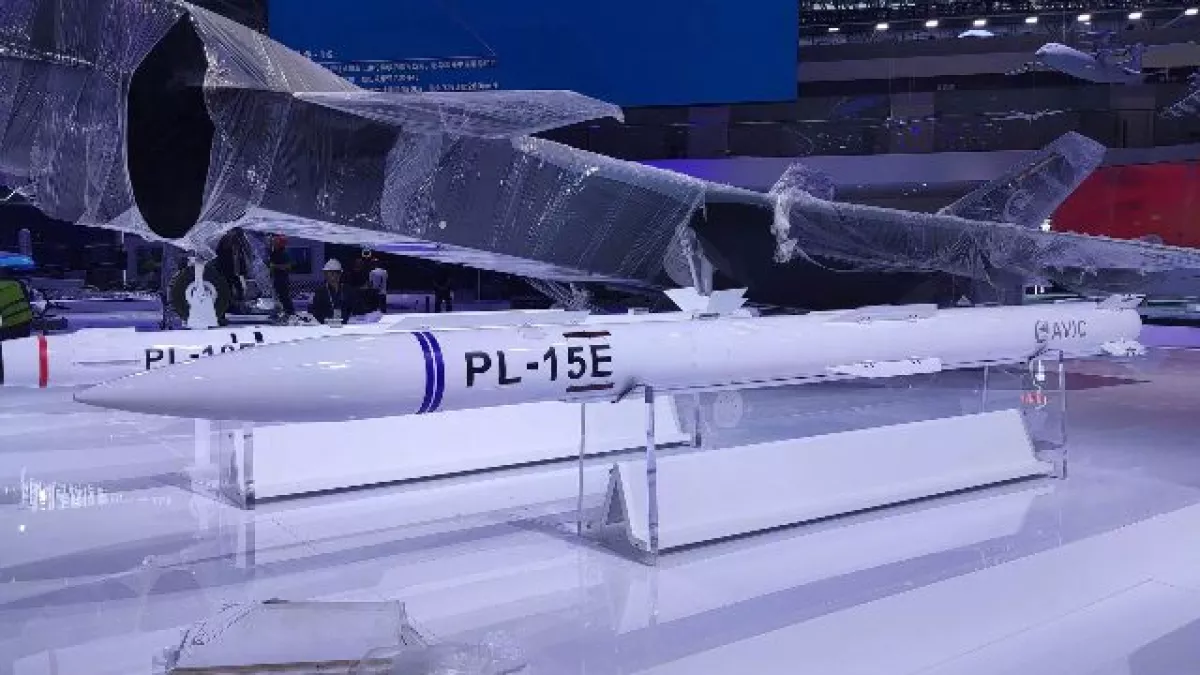
According to several military analysts, it was precisely these missiles that gave Pakistani pilots air superiority and shattered the myth of the Indian Air Force’s technological dominance.
Thus, the current escalation between Pakistan and India has demonstrated that success in modern armed conflict depends not merely on possessing expensive equipment but on systematically mastering its use, understanding the enemy’s weaknesses, training personnel effectively, and forging strategic alliances.
By skillfully leveraging experience gained during international exercises and integrating cutting-edge technological advancements, Pakistan managed to impose its own vision of the regional military balance.
India, on the other hand, despite massive investments in its defence sector, found itself in an extremely uncomfortable, even humiliating position. The loss of combat aircraft, the blow to the prestige of its air force, and the failure of its proclaimed strategy to deter Pakistan have all cast serious doubt on New Delhi’s entire defence planning framework for the years ahead.




